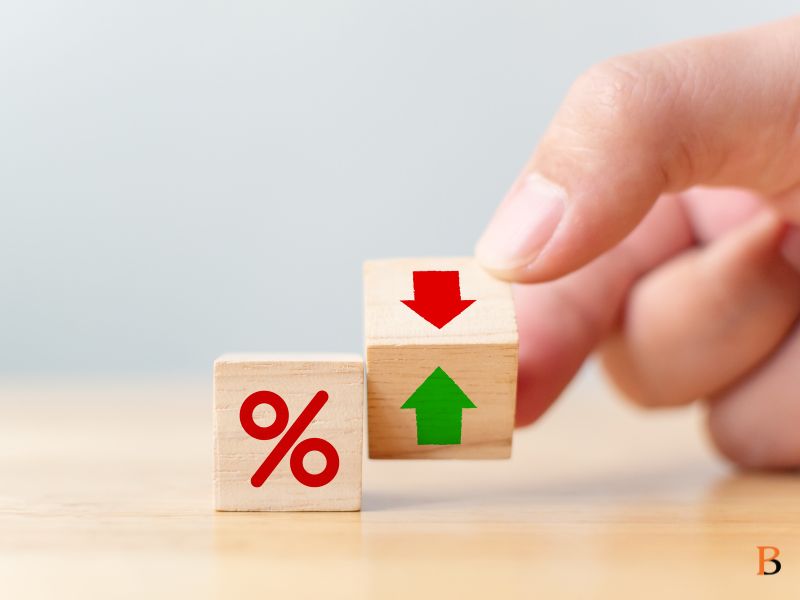.png)

Dhananjay Sinha, CEO and Co-Head of Institutional Equities at Systematix Group, has over 25 years of experience in macroeconomics, strategy, and equity research. A prolific writer, Dhananjay is known for his data-driven views on markets, sectors, and cycles.
February 7, 2025 at 1:02 PM IST
The Reserve Bank of India today cut its repo rate by 25 basis points to 6.25%, finally relenting to the growing demand from the government, which saw the central bank’s intransigence responsible for causing India’s growth drag.
Further signs of acquiescence are reflected in the governor's remarks on the economic cost of regulation and the tradeoff between prudence and efficiency, echoing the sentiment from the recently-announced Union Budget.
The RBI’s economic outlook guides for a moderate growth revival, starting in the second half of 2024-2025 at 6.7% from 6.0% in the first half and followed by 6.7% in 2025-2026. This is within the projections made by the Economic Survey of 6.3-6.8% for 2025-2026. Notwithstanding the guidance of a resilient economy, the projections reflect a sub-par outlook relative to the perceived potential growth of over 7%. This is despite the expected moderation in inflation trajectory. The average inflation for January-March and April-June has been scaled down by 10 bps to 4.3% and the full 2025-2026 at 4.2% compares lower against 4.8% in 2024-2025.
RBI’s mix of growth-inflation projections can be summarised as
- Lower inflation driven by moderation of food prices overweighing the rise in core inflation
- The exogenous drag on growth from rising global protectionism and tight fiscal strategy will be overweighed by gains in household situation, income tax cuts, expected private capex revival and strong exports of services.
- But RBI’s hypothesis of growth revival lacks solidity as it underplays the risks from downscaling in government spending and global trade protectionism; sectors that were the major driver of the post-pandemic recovery. Given the tapering of sales and profit growth of Indian corporates in the past three quarters, assumptions of better compensation growth and private capex revival are optimistic.
The implication of an income tax cut, translating into ₹1 trillion stimulus to the middle-income households in the formal sector can induce some urban consumption revival; but impacting just 0.5% of overall household consumption, its multiplier effect will be small and some of it can leak out by way of higher imports.
Tax sop to middle-income consumers can have impetus on retail inflation compounding the pass-through impact of recent currency depreciation on imported inflation and wholesale price inflation. If the rate easing by the RBI induces a revival of retail lending, there can be an upside impetus to core inflation.
The assumption that food inflation will moderate more than the rise in core inflation is juxtaposed with the assumption of an improved supply of agri-produce, which is contingent on weather conditions and global agri price trends, both of which are subject to high volatility.
The RBI also tried to play down the risks of strengthening the US dollar, receding the probability of the Fed easing with the view to douse concerns on the sharp depreciation in INR/USD pair recently and criticism of following a rigid exchange rate regime.
The RBI has a sufficient large forex buffer to cover imports and bountiful remittance inflows. These assumptions are also conditional, as growth underperformance can translate into capital outflows and sustained rupee depreciation, specially so with 10-year India-US yield spread at 220 bps, which can intensify with the 25-bps rate cut announced today.
Rate Transmission
The monetary policy refrained from elaborating how the rate cut transmission will happen amid the peak level of credit-deposit ratio at 80.8% of banks. The likelihood of lending rates responding faster than deposit rates, in the context of sustained paucity of deposits implies that banks will see margins falling further.
The communication that regulatory tightening on retail lending and its desired results have played out, signals a possible easing of regulatory rigour and revival in credit demand even at the peak level of CD ratio and household debt/personal disposable income at 52%. The imbalances in the banking sector, both with respect to limitations from peak CD ratio and asset quality can be sustained amid the change in regulatory and policy rate stance.
Stepping on to a rate easing stance of the RBI reflects its acquiescence to the rising demand for monetary policy accommodation. However, several variables indicate that the counter-cyclical easing may have been induced amid prevailing macro imbalances that can lead to its ineffectiveness. The discordance between the perceived potential growth of over 7% and effective lower levels implies that India’s growth revival deserves structural policy redressal rather than counter-cyclical monetary easing.




